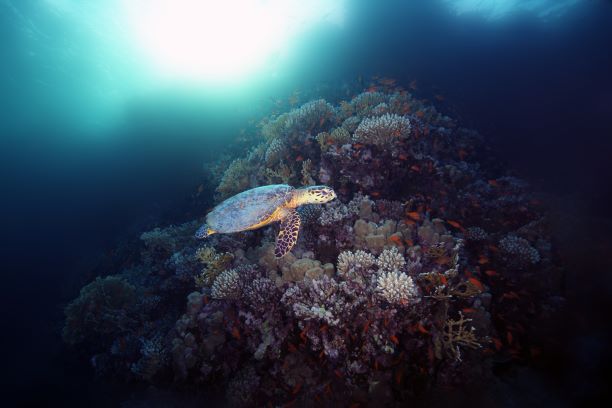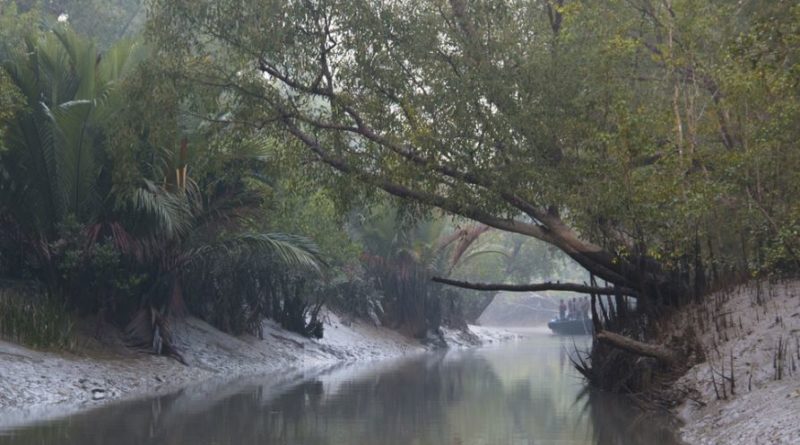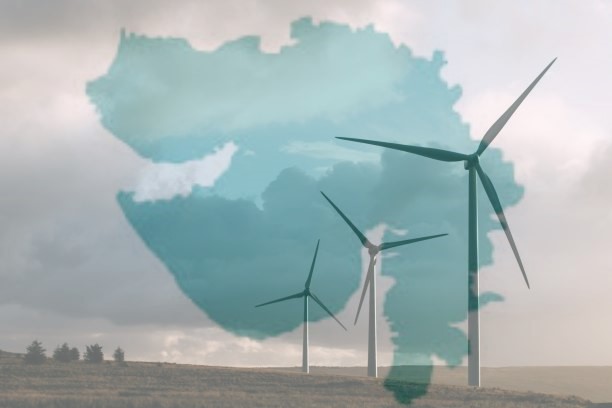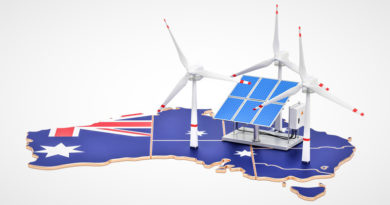Gujarat’s Dholera Solar Park Gets limited, 1st Level Environment Clearance
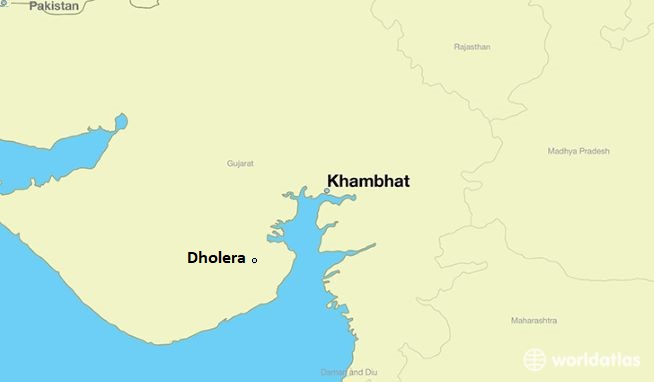 The Fight of SEZs and ESZs
The Fight of SEZs and ESZs
The expert committee of the Indian environment ministry slowed down the Gujarat govt’s plan to construct the world’s largest solar project of 4.4 GW capacity at Dholera.
The proposed Solar Power Park will cover land of about 8594.95 hectares, a part of a special economic zone, the proposed project site is situated within 5 km of Velavadar National Park, and within 4 km of the ESZ(Ecologically Sensitive Zone) of this protected area.
Despite expressing their reservations, the committee has recommended Coastal Regulation Zone (CRZ) clearance for the first phase of the Solar Park. It has reserved the right for further clearance after it assesses further studies impact on migratory birds and sea level rise before considering further addition in capacity. The first phase is for 1000 MW.
The Committee observed, “inter-tidal zone and the area is a highly eroding area, in particular the mud flats areas. It was also observed that mudflats are ecologically very sensitive and its characteristics should not be altered.”
It further adds that “ the region falls under Central Asia flyway of migratory birds and therefore need to refer the study carried out either by BNHS or carry its own study to assess, in depth, the potential impact on migratory birds.”
Both the observations and call for a ‘prior modelling study for a 30-year period’ clearly states their doubts over the viability of the project of such a large capacity.
The DSIRDA’s(Dholera Special Investment Region Development Authority) presentation states that the total area available for the development of solar park after carving out the ‘no-go’ areas of salt marshes, mud-flats, mangroves and interspersed areas within these land features would be in the tune of 8,594.95 hectares of which the proposed solar plant would occupy an area of about 8,252 hectares.
Sadly, with the first phase cleared, it is indicative that the remaining clearances would be easily given. The Gujarat Power Corporation Limited (GPCL) would be the major stakeholder in developing the solar park and the land would be leased out to the GPCL for developing it. “DSIRDA would facilitate GPCL to develop this solar power park by putting up the minimum support infrastructure required and obtaining the land and necessary CRZ clearance for the project.”
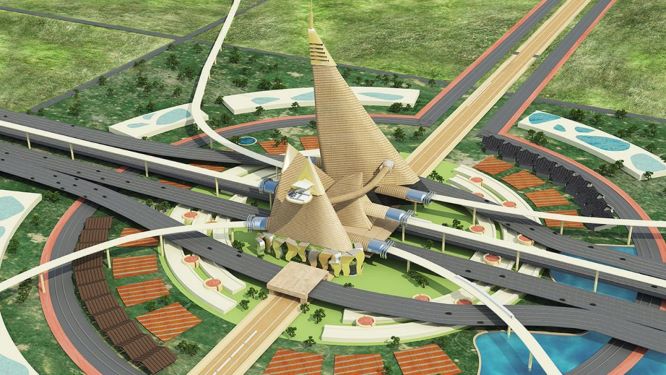
In April 2018, a separate plan by the government to install India’s first offshore wind farm of 1,000 MW in the Gulf of Khambhat, which is an ecologically sensitive area off the coast of Gujarat, had come under severe criticism from environmentalists who believed it could threaten the marine ecology. That project is yet to materialize.
Oftentimes, projects or plans which require major change in the demography and geography of the area, do not pan out as intended, which in return cause long-term damage to both the people and the environment. We all have witnessed major environmental accidents which clearly indicates this. The solution often lies in small details, and in this case, it could be small(er) projects. If the capacity could be divided further and spread throughout the state the damage could be controlled and in due course mitigated. Making mega structures to become the ‘world’s largest’ often doesnot bode well with the welfare of people or animals. They, however, just look good on leaflets and reports that inundate our view site hiding the problems they bring along with them. We hope the committee will stick to their assessment of the studies and ask for alternative solutions to balance power needs and ecology for the sake of all living creatures residing nearby.


